Most Malaysians would have heard the term tin Milo used to describe a car’s (most likely a Proton or Perodua) “soft” body panels. Until today, a lot of car buyers still do the customary “knock test” in showrooms, to see how soft or hard the body is and by extension, how “safe” or “unsafe” the car is.
That’s not how it works.
There’s a lot more to it than just that. Having thin or soft body panels doesn’t necessarily mean that a car is less safe than others. In fact, certain cars use plastic panels to save weight, such as the Renault Megane (front fenders) and Nissan X-Trail (rear tailgate), among many others.
Body panels are, to put it bluntly, merely the car’s skin, which hardly plays a role in the vehicle’s structural integrity as a whole. Peel off the skin, and you’ll see complex lattices of harder materials designed to absorb crash impacts. That’s what matters most, not the soft or hard body panels.
Harder isn’t always the best way to go, either. There’s a thing called crumple zones in modern cars. Simply put, you’ll want the car to absorb as much of the energy from the impact during a crash as possible, instead of passing it all to the passengers. Drive an old tank and sure, you’ll feel safe and secure, but you might come off worse in a crash compared to the car itself, and that’s definitely not a good thing.
Do watch the video above and remember to share it the next time you hear the words kereta tin Milo.
AD: Drive the Proton model of your dreams. Submit your details and Proton PJ will get in touch with you.
Looking to sell your car? Sell it with Carro.

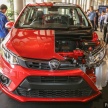
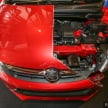
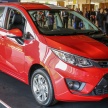
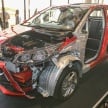
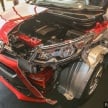
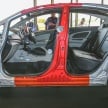
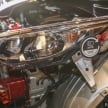
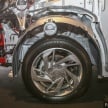
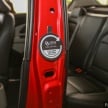
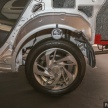
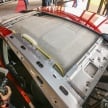
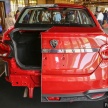
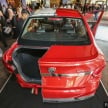
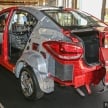
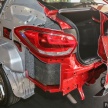
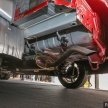
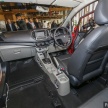
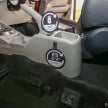
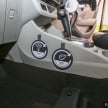
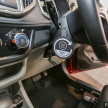


















AI-generated Summary ✨
Comments mainly express concern over Proton's use of "milo tin" body panels, suggesting they are soft and unsafe, with many citing crash tests and rust issues as evidence. Some praise newer Proton models or compare them unfavorably to Perodua, Toyota, and Korean cars, especially regarding safety, engine efficiency, and build quality. There are discussions about car handling, fuel economy, and safety features like airbags and crumple zones, with a consensus that modern vehicles are designed to crumple safely but that Proton still struggles with engine reliability and NVH. Many comments show a preference for Japanese and Korean cars over Proton, citing better durability and performance. A few note that attitudes and driver behavior significantly impact safety, regardless of car quality. Overall, skepticism about Proton’s safety and quality persists, with some pointing out that newer models feature improved safety, but the "milo tin" perception remains strong.